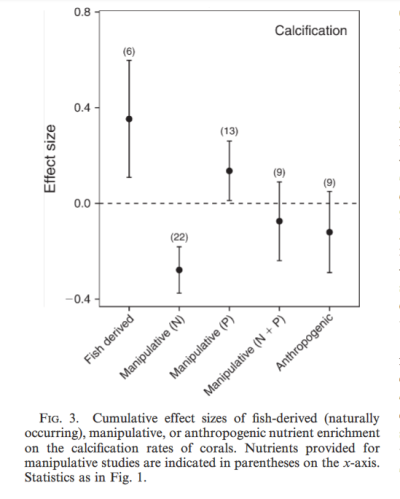Makes sense.I do not think it is desirable or even sensible for reefers to think of nutrient target levels as ratios. It just serves to lead to false conclusions.
It is never wrong, and usually far more informative to discuss the absolute levels of each.
For example, does it make any sense if N is very low, say, 0.001 ppm nitrate, for phosphate to also be very low, say 0.0001 ppm?
Last edited:

















